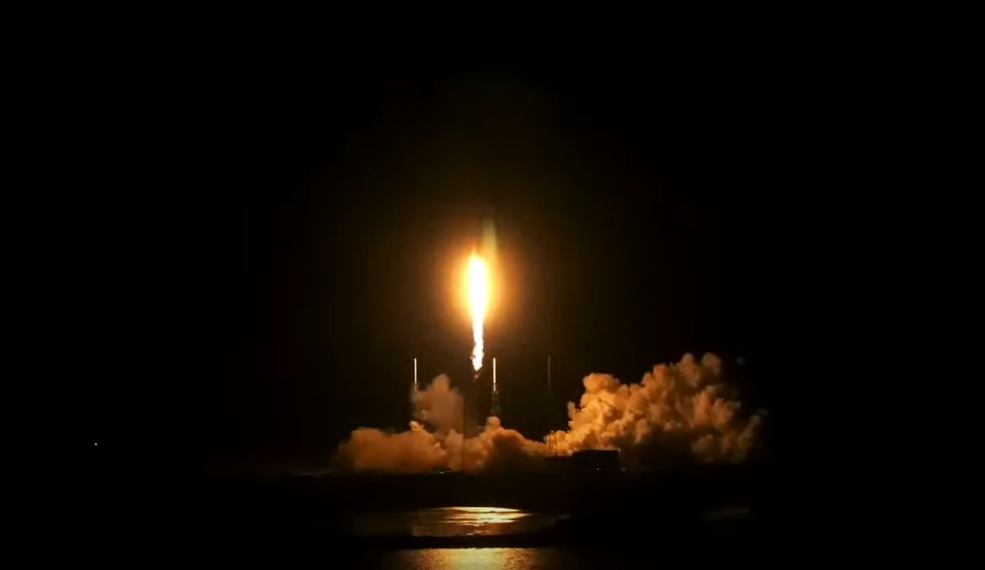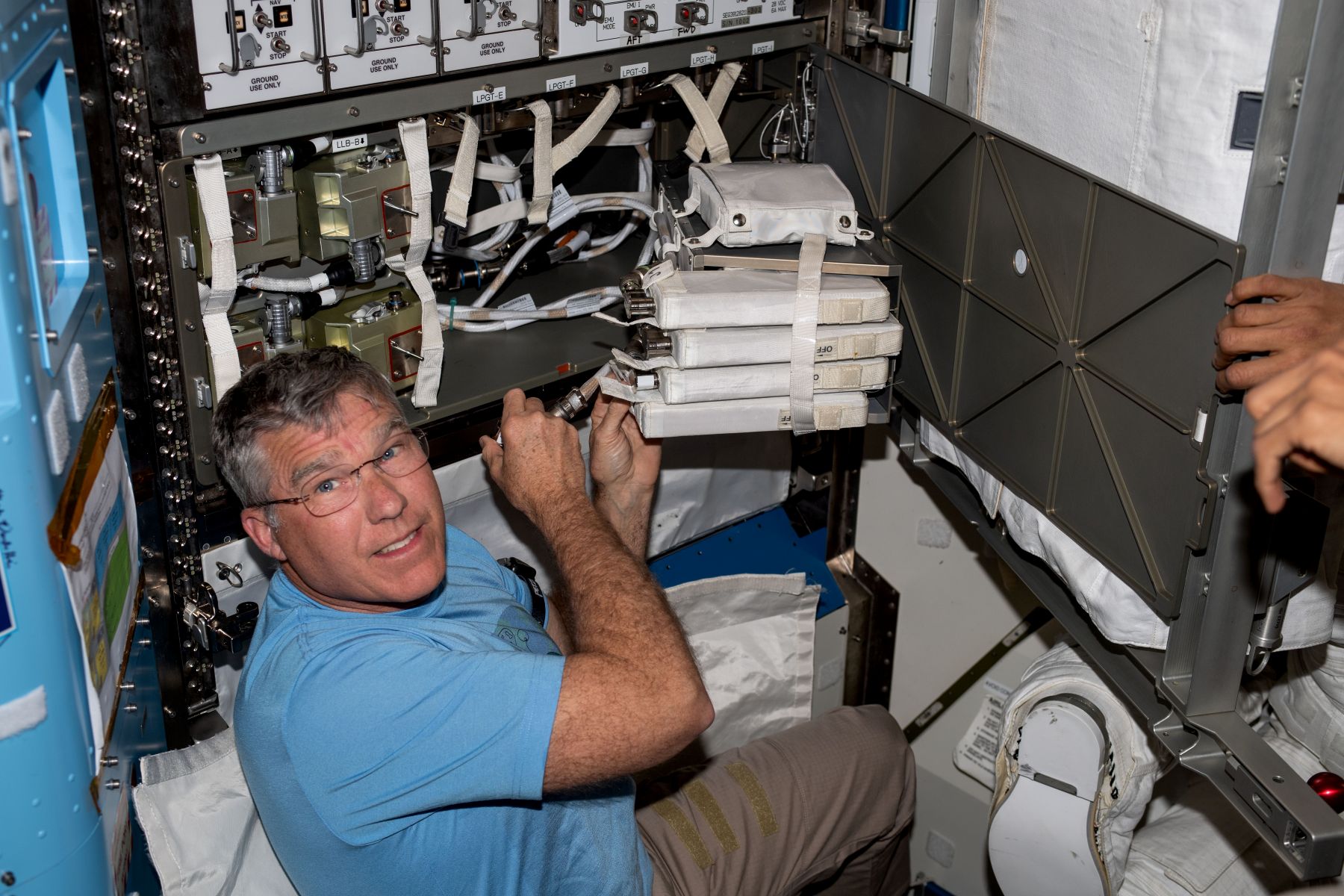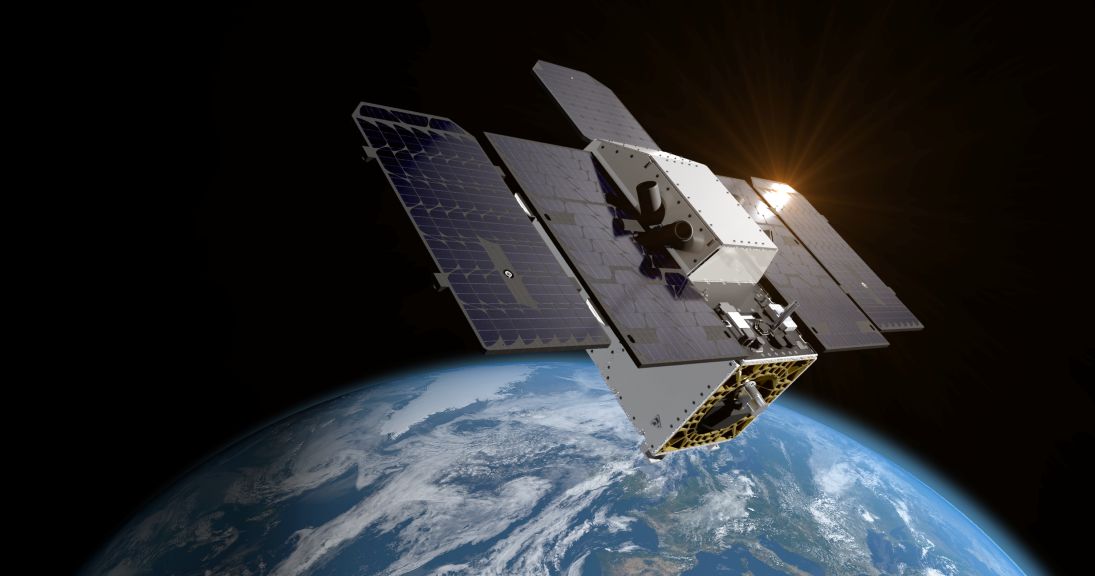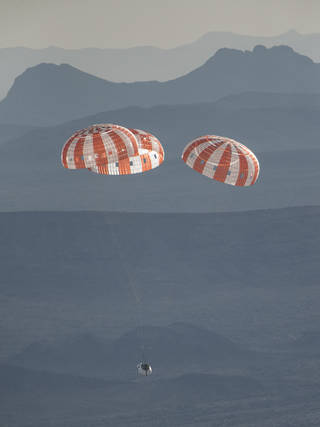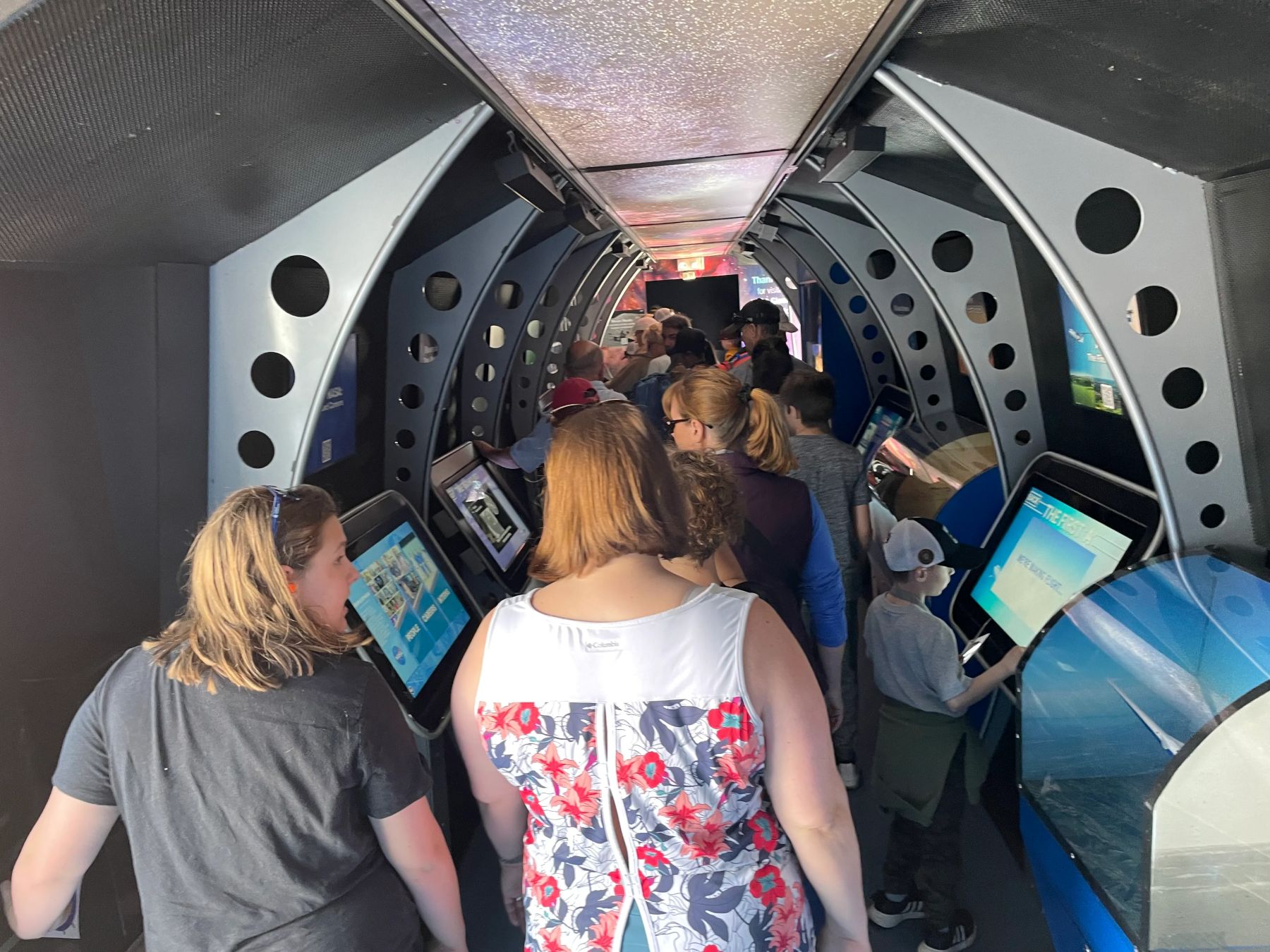NASA Pi Day Challenge Serves Up a Mathematical Marvel
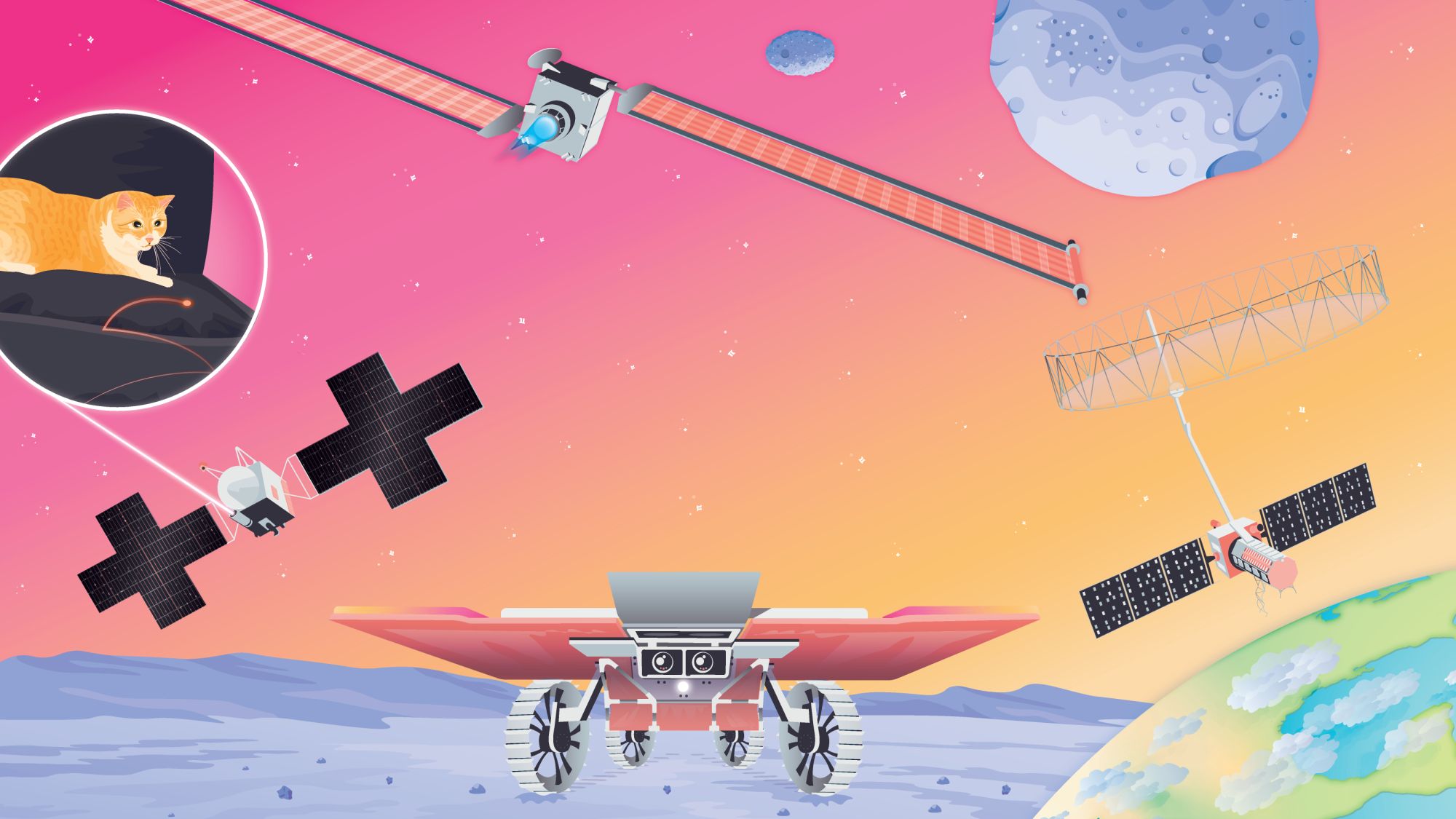
Celebrate one of the world’s most famous numbers with a set of math problems involving real space missions, courtesy of the agency’s Jet Propulsion Laboratory.
March 14 marks the annual celebration of the mathematical constant pi, aka the Greek letter π. Its infinite number of digits is usually rounded to 3.14, hence the date of Pi Day. For some people, the occasion marks an annual excuse to eat pizza or pie (or both), but to truly honor this wondrously useful number, a serving of mathematics is in order, too. NASA is here to help.
Continuing a decade-long tradition, the Education Office at the agency’s Jet Propulsion Laboratory has cooked up a set of illustrated math problems involving real-life NASA science and engineering.
With the NASA Pi Day Challenge, students can use the mathematical constant to:
- determine where the DSOC (Deep Space Optical Communications) technology demonstration aboard NASA’s Psyche spacecraft should aim a laser message containing a cat video so that it can reach Earth (and set a NASA record in the process)
- figure out the change in asteroid Dimorphos’ orbit after NASA intentionally crashed its DART (Double Asteroid Redirection Test) spacecraft into its surface
- measure how much data will be captured by the NISAR (NASA-ISRO Synthetic Aperture Radar) satellite each time it orbits our planet, monitoring Earth’s land and ice surfaces in unprecedented detail
- calculate the distance a small rover must drive to map a portion of the lunar surface as part of NASA’s CADRE (Cooperative Autonomous Distributed Robotic Exploration) technology demonstration that’s headed to the Moon
Answers to all four challenge questions will be available on March 15.
The NASA Pi Day Challenge is accompanied by other pi-related resources for educators, K-12 students, and parents, including lessons and teachable moments, downloadable posters, and illustrated web/mobile backgrounds. More than 40 puzzlers from previous challenges are also available.
More about the NASA Pi Day Challenge:

